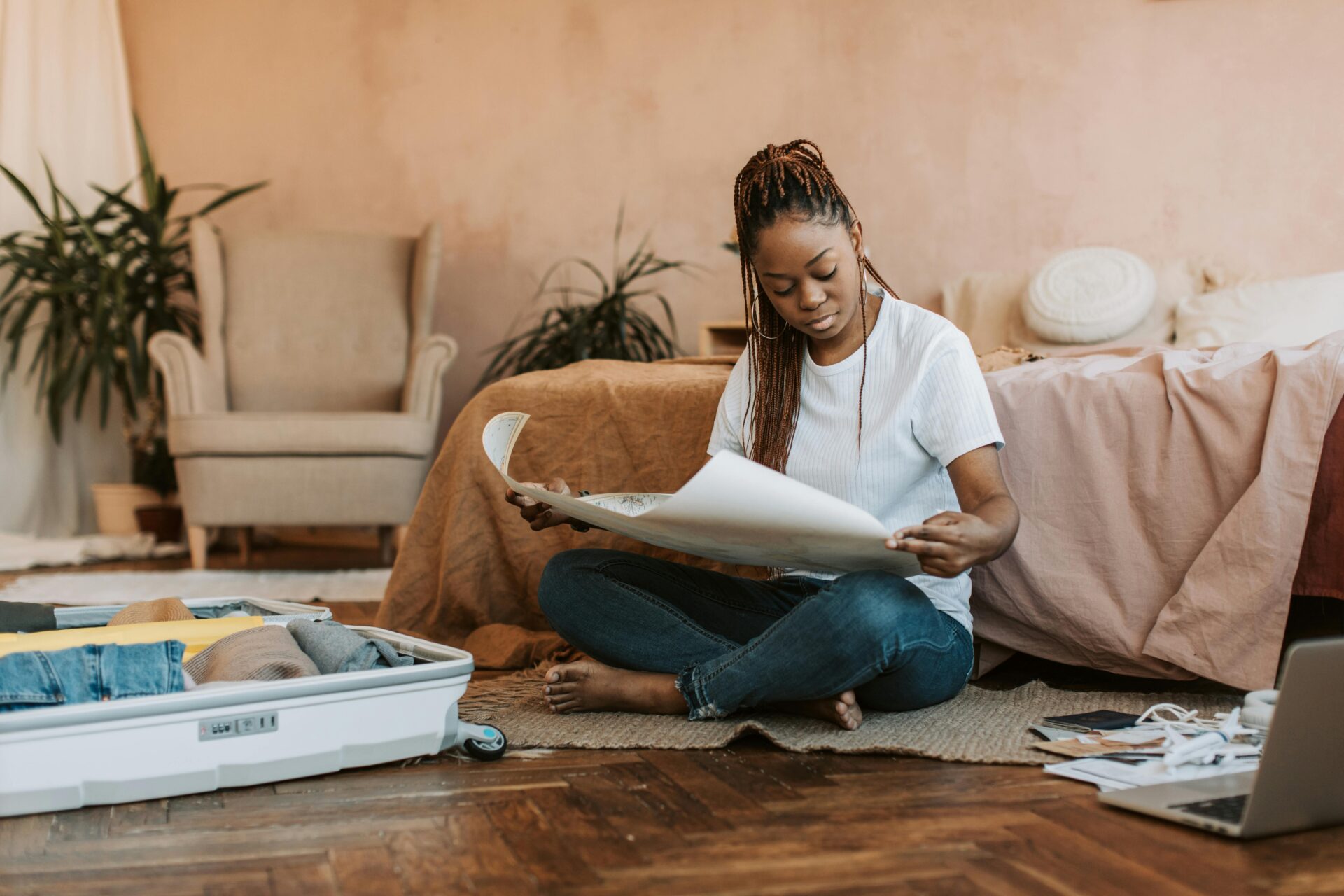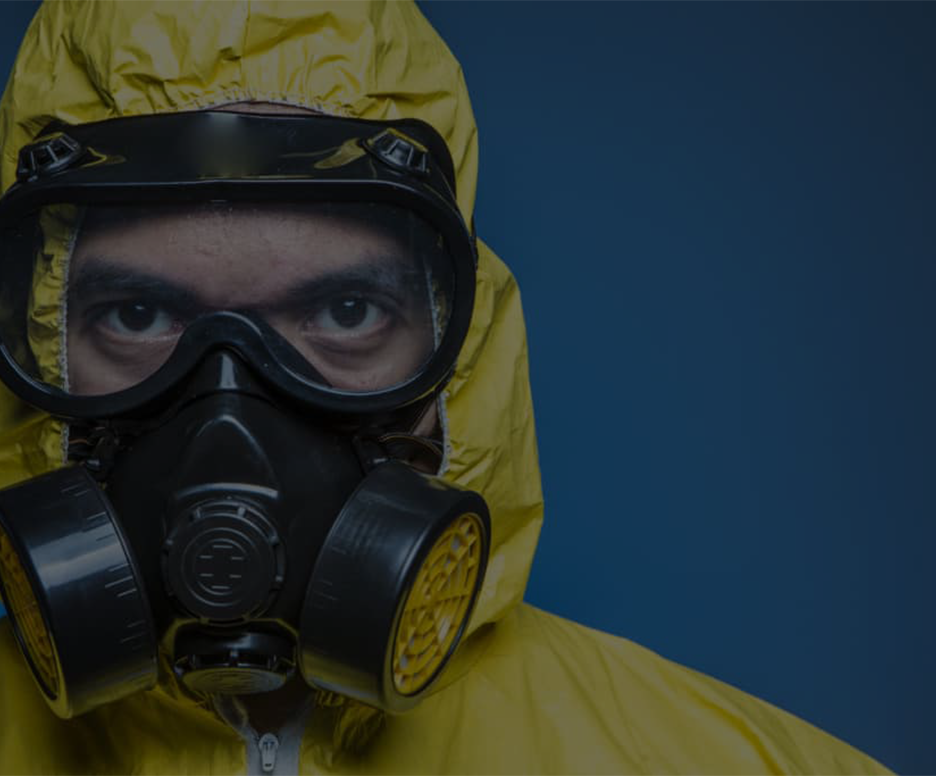
Saving Your Belongings After Water Damage: Tips And Techniques
By: 911 Water Damage Experts
Water damage is one of the most distressing events homeowners face.
Whether caused by natural disasters, plumbing issues, or faulty appliances, the aftermath can feel overwhelming. Acting swiftly and strategically can mitigate loss, save your belongings, and restore your home.
This guide provides practical advice and valuable insights to navigate water damage recovery effectively.
Let’s get right into it!
Understanding Water Damage
Common Causes Of Water Damage
Water damage can stem from various sources, including severe weather events, leaking pipes, clogged gutters, or malfunctioning appliances like washing machines or water heaters. Statistics from the Insurance Bureau of Canada (IBC) reveal that water-related claims are the most common type of home insurance claims, representing 50% of all claims annually.
Identifying The Extent Of Water Damage
Assess the scope of the damage to prioritise restoration. Signs include water stains, bubbling paint, soaked furniture, and warped flooring. A moisture meter can provide precise readings of dampness levels in walls and floors, ensuring nothing is overlooked.
Immediate Steps To Take After Water Damage
Ensuring Personal Safety
Safety comes first. Turn off electricity in affected areas to avoid electrocution, and wear gloves, boots, and a mask to protect against contaminants. Floodwaters often contain harmful bacteria or chemicals, posing health risks.
Stopping The Source Of Water
Identify and stop the water source immediately. For plumbing issues, shut off the main water supply. If a natural disaster caused the damage, wait until conditions are safe to address the problem.
Documenting The Damage For Insurance
Before beginning cleanup, document the damage thoroughly with photos and videos. This visual evidence is crucial for insurance claims, as it helps determine compensation for repairs and lost belongings.
Salvaging Your Belongings

Prioritising What To Save
Not all items can be saved after water damage. Focus on valuables, irreplaceable keepsakes, and important documents. Items such as passports, family photos, and legal papers should be prioritised.
Drying And Cleaning Belongings
Use fans, dehumidifiers, and absorbent materials to dry affected items. Hard surfaces can be cleaned with soap and water, while more delicate items may require professional cleaning.
Using Professional Restoration Services
For extensive damage, consider hiring restoration specialists. Companies equipped with industrial-grade tools can restore waterlogged belongings, reducing long-term losses.
How To Handle Specific Items
Electronics And Appliances
Electronics are particularly vulnerable to water damage. Disconnect them immediately and avoid powering them on until completely dry. Professional restoration services are recommended for valuable devices.
Furniture And Upholstery
Move furniture to a dry area and remove soaked cushions. Use fans and dehumidifiers to dry thoroughly. Wooden furniture may require sanding and refinishing to address swelling or warping.
Clothing And Textiles
Wash clothes and textiles with detergent in hot water to remove bacteria and mildew. Delicate or expensive fabrics should be handled by dry cleaning professionals.
Books, Papers, And Photos
Separate pages of books and lay them flat to dry. Use a hairdryer on a cool setting for photos, and place papers between absorbent sheets to remove moisture gently.
Preventing Mould And Secondary Damage
Mould can develop within 24–48 hours after water exposure. Improve ventilation by opening windows and using fans. Dehumidifiers can help maintain optimal indoor humidity levels, ideally between 30–50%. Mould often appears as black or green spots and emits a musty odour. Act quickly to remove mould using appropriate cleaning solutions, as prolonged exposure can lead to respiratory issues.
Insurance And Financial Considerations
Navigating The Claims Process
Notify your insurance provider promptly. Provide detailed documentation, including photos, a list of damaged items, and repair estimates. Keep receipts for any emergency expenses incurred.
Understanding What’s Covered By Insurance
Most standard home insurance policies in Canada cover sudden and accidental water damage but may exclude overland flooding unless additional coverage is purchased. Understanding your policy’s specifics is essential to avoid unexpected costs.
Hiring Water Damage Repair Companies
Research local restoration companies for reputable services. Look for certifications like the IICRC (Institute of Inspection Cleaning and Restoration Certification) to ensure professionalism and expertise.
Preventing Future Water Damage
Regular Maintenance Tips
Inspect your plumbing, roof, and gutters regularly. Clean out debris to prevent clogs, and check for leaks or cracks that could lead to future water issues.
Upgrading Your Home’s Defences
Consider installing sump pumps, water alarms, and backwater valves. These devices help detect leaks early and prevent sewage backups during heavy rains.
Emergency Preparedness And Planning
Create an emergency kit with essential items like flashlights, batteries, and copies of important documents. Develop a plan for evacuating safely in case of severe flooding.
FAQ
Can Electronics Be Saved?
Yes, but they should remain unplugged and powered off. Professional evaluation and drying are recommended before use.
How Quickly Does Mould Develop After Water Damage?
Mould can begin growing within 24–48 hours. Swift drying and dehumidifying are critical to prevent its spread.
Are Water-Damaged Items Safe To Keep?
If properly cleaned and dried, many items can be salvaged. However, porous materials like carpets may retain contaminants and pose health risks.
Should I Hire A Professional For Water Damage Restoration?
For extensive damage, hiring professionals is wise. They have the tools and expertise to ensure thorough cleanup and restoration.
How Do I Document Water Damage For Insurance?
Take detailed photos and videos of all affected areas and items. Record the extent of the damage and create an inventory of losses.
What Items Should Be Prioritised During Salvage?
Focus on irreplaceable belongings like legal documents, family photos, and sentimental items.
Does Insurance Cover All Types Of Water Damage?
No. Sudden and accidental damage is typically covered, but gradual leaks or overland flooding may require additional coverage.
How Can I Prevent Water Damage In The Future?
Regular maintenance, home upgrades like sump pumps, and emergency planning are effective prevention strategies.
What Is The Best Way To Dry Out A Flooded Room?
Use dehumidifiers, fans, and open windows for ventilation. Professional-grade drying equipment may be necessary for severe cases.
Can I Handle Water Damage Cleanup Myself?
Minor damage can be managed with proper tools, but extensive or contaminated water damage should be left to professionals.
Conclusion
Recovering from water damage can be a stressful experience, but with the right strategies, you can save many of your belongings and prevent further loss. By acting quickly, prioritizing safety, and using the tips outlined in this guide, you’ll be better equipped to restore your home and possessions. Whether you choose to handle the cleanup yourself or hire professionals, focusing on proactive measures and future prevention will help you safeguard your property from future water-related incidents.
If you have any questions about our article “Saving Your Belongings After Water Damage: Tips And Techniques” or need water damage restoration services contact us at 1-833-WE-DRY-IT or connect with us on social media.
Related Posts
Water Damage Restoration Articles
What you can expect from a fire damage restoration company
Water damage prevention tips from the most common problems we’ve seen
Top causes of water damage in commercial buildings and how to find them
Must-know water damage tips: What to do after your house floods
What does good water damage restoration look like?
DIY water damage restoration and the hidden dangers
How to choose the right water damage company
Flast floods: What to do before, during and after a flash flood
What to do when your attic leaks?
Mould Removal Restoration Articles
5 Signs You Have Mould Growing In Your Walls
“Can I Remove Mould Myself?” Our Mould Removal Experts Have Answers
7 Must-Know Reasons Why You Should Get A Mould Inspection Before Buying A House
Does Mould Attract Bugs? Yes And Here’s What Kind And Why
How To Remove Mould From The Attic [Mould Prevention Tips Inside]
How Rain Causes Mould Growth-Prevention Tips Included
Must-Know Tips: How To Remove Mould In Your Basement
Fire Damage Restoration Articles
How to clean up after a house fire
Fire damage restoration checklist
Fire damage tips: 6 hazards property owners miss
How smoke from fires can negatively affect your health
What are the most common causes of house fires?
10 helpful smoke damage cleaning tips
Related Water Damage Services
Fire damage restoration services
Water damage restoration services
Emergency cleanup services
Mould removal services
Weather damage services

